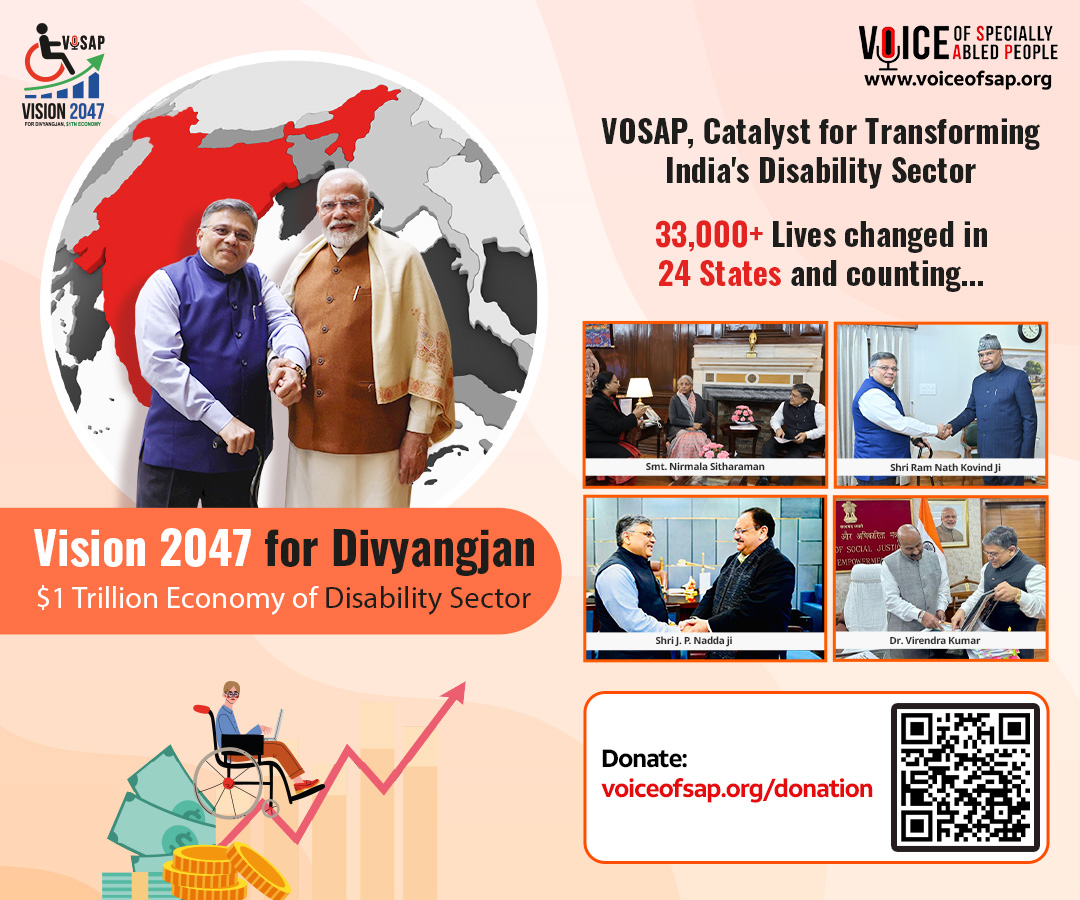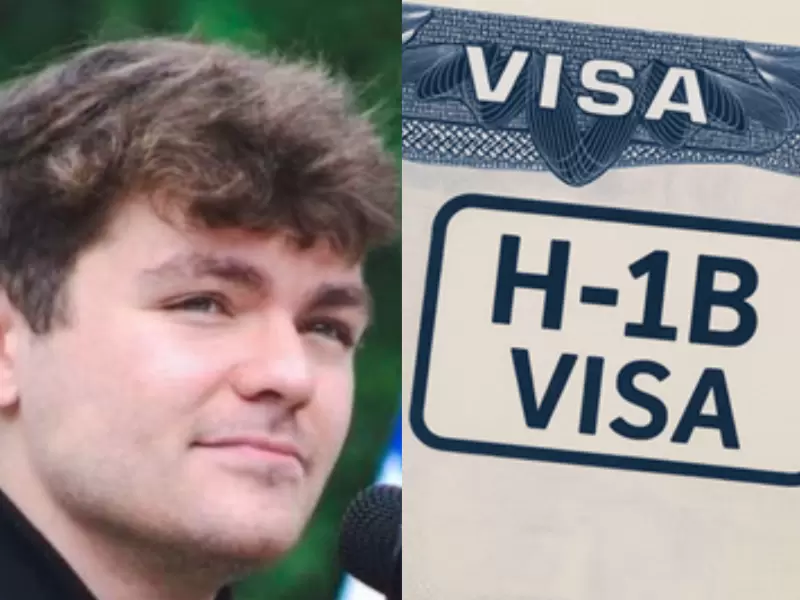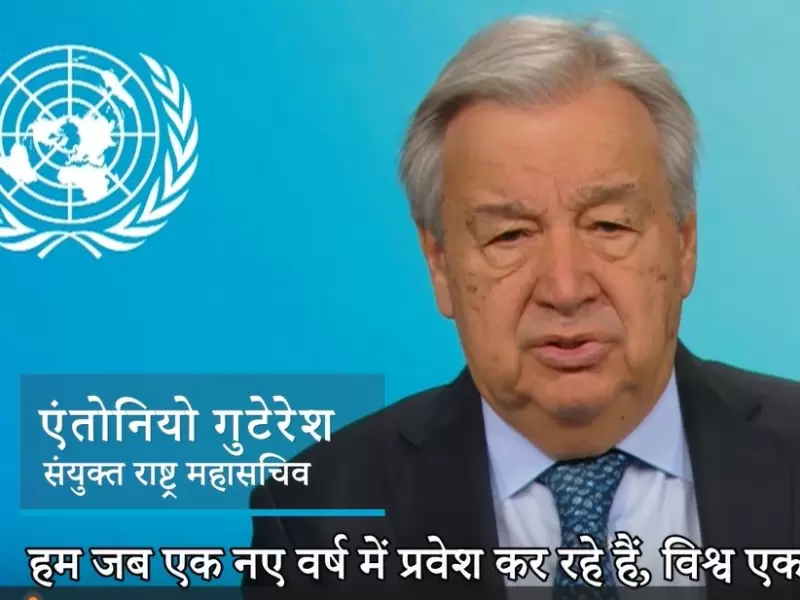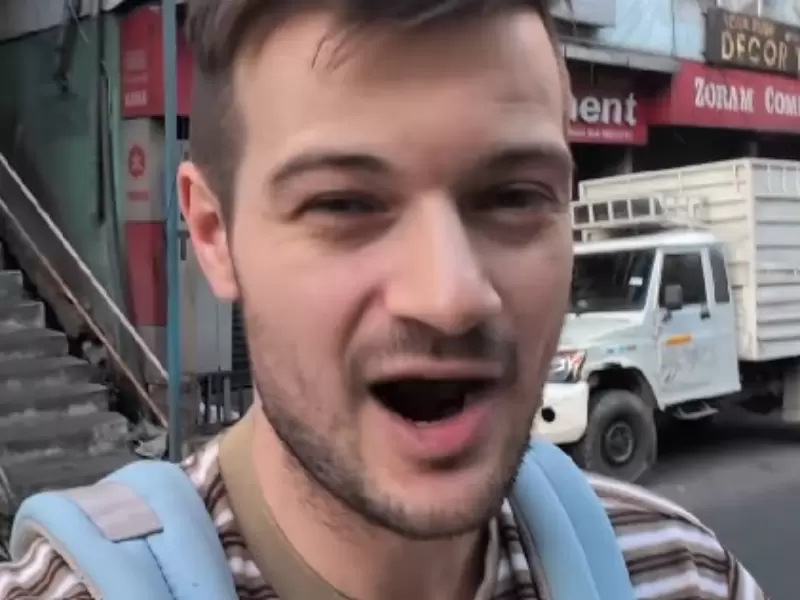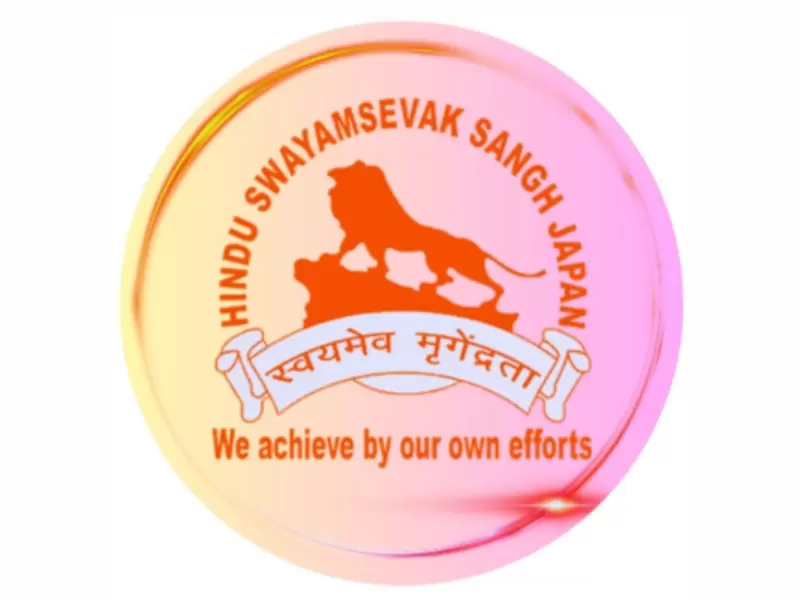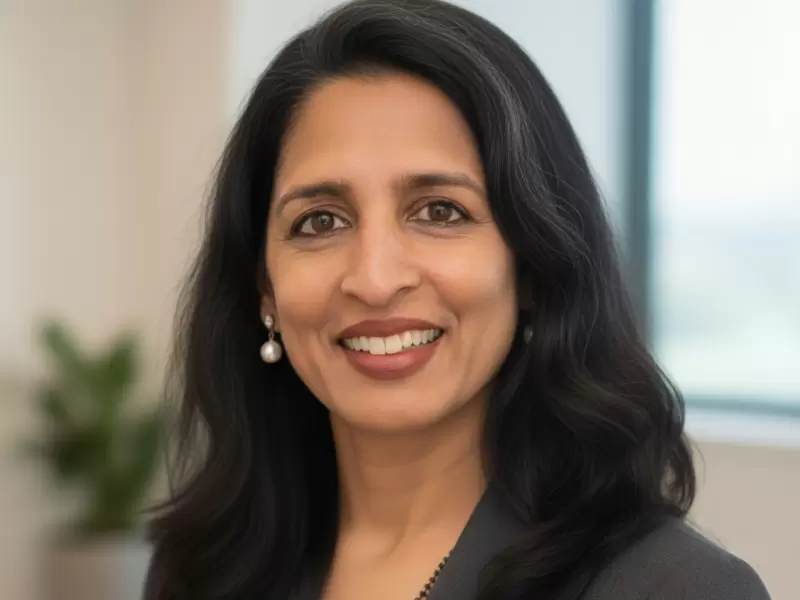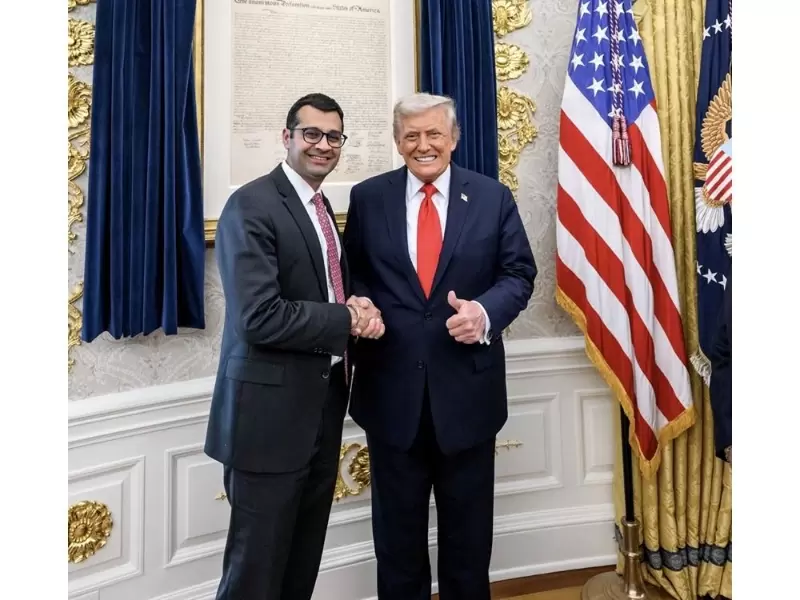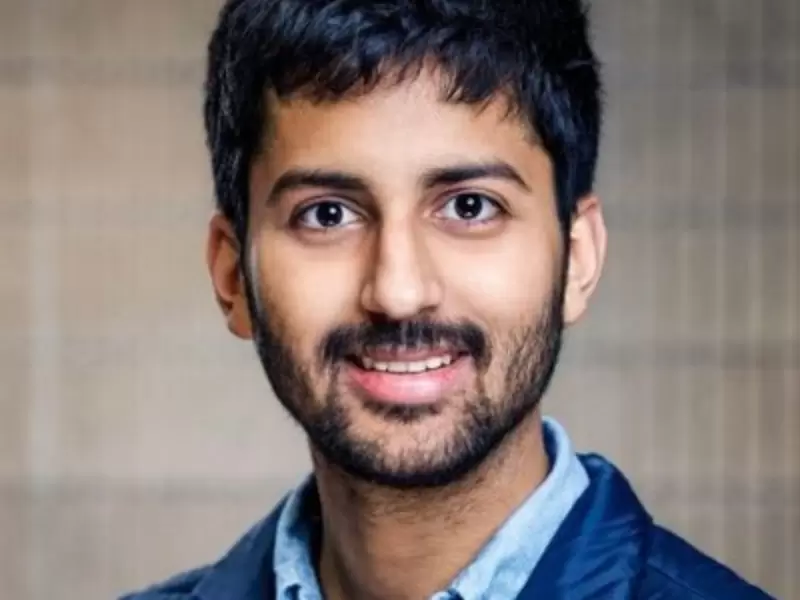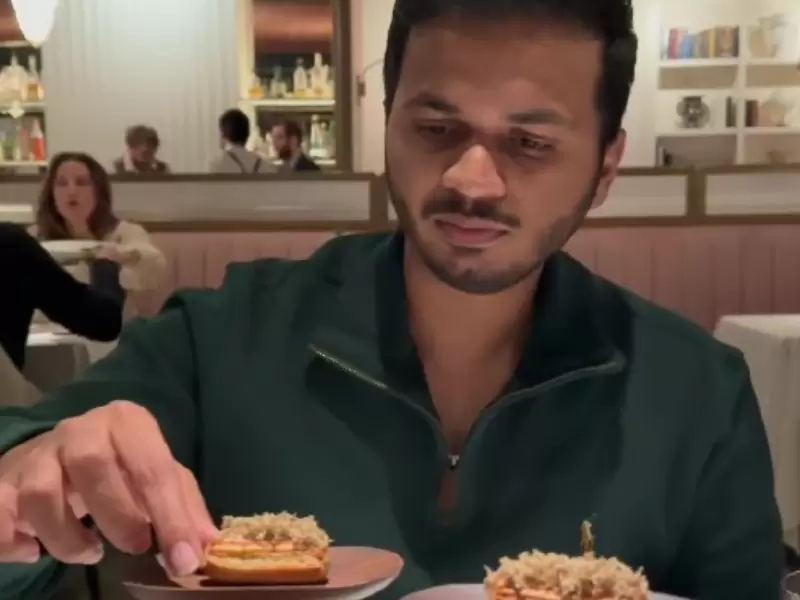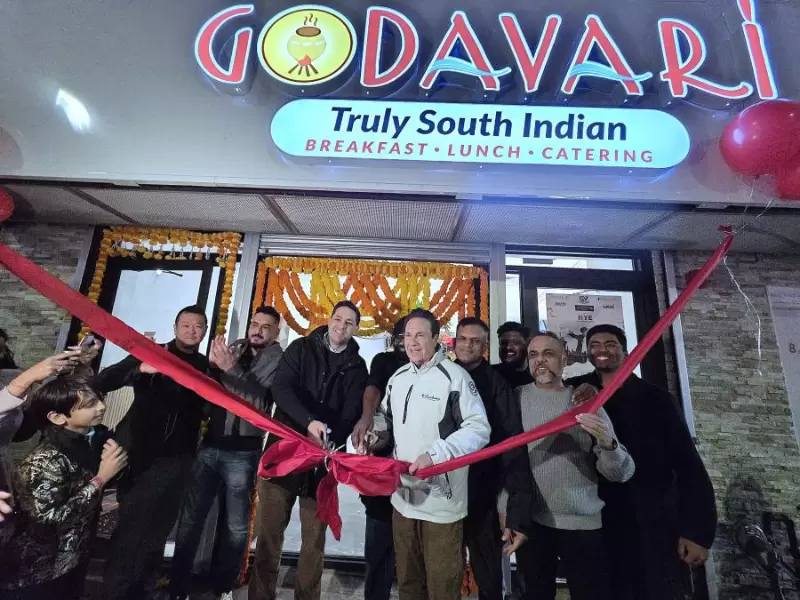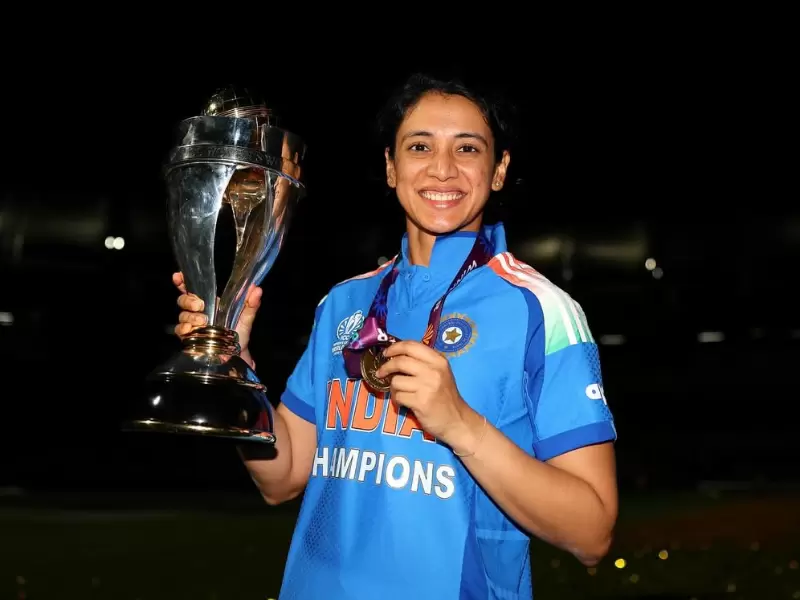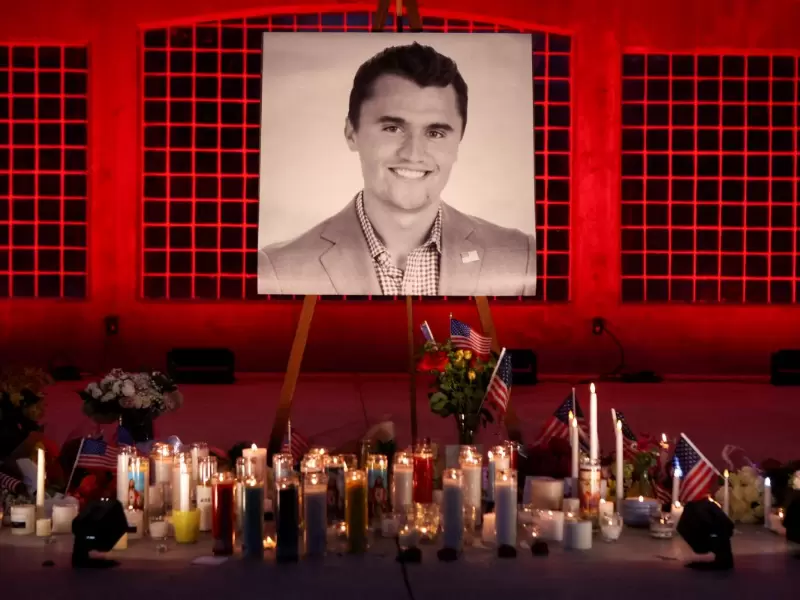ADVERTISEMENT
POP
See MoreCommunity
See More7th Vishwa Sangh Shibir inaugurated in Hyderabad
The event is held once every five years, as a forum for senior functionaries and volunteers associated with Hindu organizations worldwide to reconnect.
-
Interfaith advocates condemn treatment of Muslim women after Bihar chief minister’s actions at government event.
-
The nationwide initiative brings together Dharmic groups and volunteers to support food pantries and shelters across the U.S. during the...
-
Chicago Mayor Johnson said the city would continue to oppose antisemitism, reflecting the interfaith spirit of the event.
ADVERTISEMENT
Videos
View AllOpinion
See MorePeople
See MoreArista CEO Jayshree Ullal richest Indian-origin leader
Ullal currently ranks 714th in the global list of billionaires with an estimated net-worth of $5.7 billion.
-
The two Indian Americans will serve on the New York City board that sets annual rent increases for rent-stabilized apartments.
-
Ghosh will lead Monks’ North American data team and focus on expanding advanced data modeling across the company’s integrated marketing...
-
Abraham, a child-prodigy, is a student of Doctor of Music at Indiana University's Jacobs School of Music at the age...
ADVERTISEMENT
Entertainment
See More
The actress also said that she likes how conversations around equality and mental health have found a space in the mainstream.
-
The actress also said that she likes how conversations around equality and mental health have found a space in the...
-
The original song ‘Sandese Aate Hai’ from the 1999-released war drama “Border” was sung by Sonu Nigam and Roopkumar Rathod.
-
Calling it a dream come true, Anushka shared a video...
-
Calling it a dream come true, Anushka shared a video...
-
ADVERTISEMENT
Immigration
See More
At the same time, a majority of Americans continue to say that at least some immigrants who are in the country illegally should be deported.
-
The embassy directed applicants to credible resources while warning against fake documents and unnecessary agent involvement.
-
US immigration authorities have increasingly relied on regulatory changes rather than legislation to address weaknesses in the system during stalled...
-
The post comes as the UK considers extending settlement timelines...
-
At the same time, a majority of Americans continue to...
Food
See More-
Instagram content creator Anushk Sharma shared a heartfelt review of the Michelin starred Indian restaurant in Chicago.
-
The menu draws from Lucknow’s narrow lanes, Delhi’s Mughal-era durbars, Hyderabad’s Nizami kitchens and the coastal food cultures of Tamil...
-
ADF Foods is a fourth-generation family-owned leader in gourmet frozen
-
Chef came to Dallas on a very short visit over...
-
The fast-casual Indian chain expands with a growing U.S. footprint...
-
The rebranded restaurant features team-themed visuals and a stadium-style atmosphere...
-
Attendees will receive a tour of the kitchen, observe operational...
-
Onset of illness occurred between Nov. 28 and 29, with...
SPORTS NEWS
See MoreIndia raced to 61/0 at the end of the powerplay,...
Kohli’s 16,000-run feat makes him only the second Indian player,...
Smriti Mandhana admitted the switch back to T20 cricket was...
Delhi Capitals now strengthens its overseas academy network, following its...
News
See More-
ADVERTISEMENT
Please enter something
- Asian Americans
- Biz
- Books
- Canada
- Community
- Culture
- Dating
- Diplomacy
- Diwali
- Editor picks
- Editorial
- Explainers
- Fashion
- Features
- Food
- Immigration
- India
- India Decides '24
- India Independence Day
- Letters to the Editor
- Life
- Maha Kumbh
- Movies+
- News
- Opinion
- People
- Ram Mandir
- Reviews
- Sports
- Spotlight
- Tech
- Travel n’ Diplomacy
- Trump 2.0
- UK Votes 2024
- US Elections 2024
- USA
- West Coast




